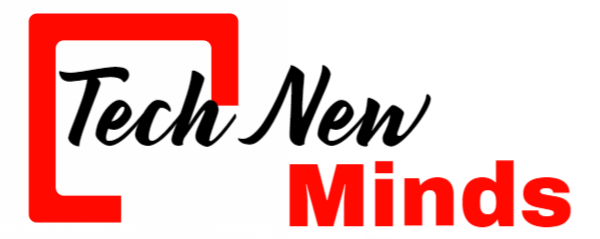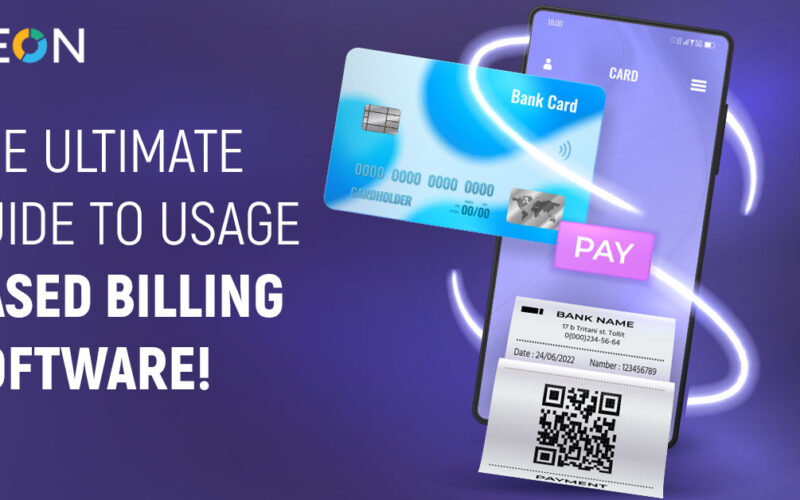The usage-based billing software market has recently boomed. More and more companies begin to realize the benefit of allowing their customers to choose how they would like to pay for their services based on how much of that service they use.
Learn about these advantages, as well as the ins and outs of implementing usage-based billing into your organization. We have compiled this ultimate guide to usage-based billing software!
Overview of Usage-Based Billing
Cloud usage-based billing is a relatively new concept in software. Therefore, most customers are still trying to figure out how best to use it. That’s where you come in. If your company offers usage-based billing software, you have a lot of potential clients who could benefit from your guidance.
This guide will help them get started. The two terms used most often with cloud usage-based billing are cloud bursting and pay as you go. While these terms seem similar and overlapping, they’re actually quite different.
Usage-based billing isn’t just one specific type of model. It’s actually much more flexible than that. It means there’s no single right answer for everyone and anyone willing to try usage-based pricing can find success.
Usage has been defined by Gartner in four categories: capacity (how busy is a resource), speed (how quickly does an application process data), time (how long does it take for work to complete), and intensity (the average rate at which data changes).
If you can remember those four categories, then usage-based billing becomes easier to understand.
How Does Usage Based Billing Software Work?
Usage-based billing software providers work with a range of software and Internet service providers. This allows for streamlined implementation for these partners. Also, ensures seamless integration with third-party billing systems, such as SAP CRM usage-based billing, thereby adding value on top of existing services.
In other words, users are no longer charged per megabyte or gigabyte of data downloaded but instead based on their actual data usage. Before usage-based charging was put into place, many customers were unknowingly being overcharged. The reason is that they weren’t aware of how much bandwidth they were using each month. That is until they got their next wireless phone bill.
With usage-based billing software, vendors can pre-authorize online payments while connecting directly with your user base to determine their total data usage during a specific period – typically one month.
Why Use Usage-Based Billing Software?
Understanding why you need usage-based billing software is only a small part of your Usage-based billing journey, but it’s an important one. There are many reasons for using Usage-based billing. Perhaps you’re looking for a new way to measure, report and grow revenues from cloud services.
Or perhaps you want better control over how much money customers spend on different business applications. Whatever your reason is, SAP Cloud Usage-Based Billing has you covered with all of these features [Use Sap Crm Usage Based Billing] plus others that help streamline how you manage various cloud resources.
Here’s more information about each feature:
Granular Usage Reporting
See exactly which employees use what amount of each resource; view usage reports per employee, team or department as well as by region or location.
Cloud Metering
Receive one monthly invoice instead of several smaller ones based on usage amounts.
Easy Setup
SAP Cloud Usage-Based Billing starts collecting data right away so you can track down your biggest resource hogs before they sap your company profits.
Seamless Integration with Financial Systems
Easily integrate SAP Cloud Usage-Based Billing with both SAP ERP and SAP HANA platforms, giving CFOs deep insight into cloud spending.
Chargeback Controls
With real-time access to granular user and resource data, SAP Cloud Usage-Based Billing lets IT departments quickly identify users. Whose behaviour might be negatively impacting other departments or who may not have proper access privileges.
No Upfront Cost
Use SAP Cloud Usage-Based Billing free for 30 days to see how it works; then decide if you want SAP CRM Pricing Model (i.e., paying a certain fee each month) without paying any fees upfront.
Cloud Versus On-Premise
Although cloud-based software is often more popular, on-premise solutions can offer better pricing for heavy users and increased control over billing. When weighing your options, make sure you understand how much you’ll be charged based on usage.
Some software companies set limits—for example, one gigabyte of storage per month—while others bill based on consumption. The latter option may be cheaper if you’re not a heavy user but more expensive if you need lots of space and want total control over costs.
In most cases, you have some wiggle room. In addition to making adjustments like turning off features or exporting data for specific periods. Cloud vendors usually let customers purchase additional storage or choose different payment plans.
Still, it’s important to look into these details before picking an on-premise solution. You don’t want an unexpected hefty bill to derail a project at the last minute!
Key Benefits Of The Usage-Based Billing Software
Usage based billing software helps consumers keep track of their data usage. There are many benefits to using usage based billing. We have compiled them in the list below. The Usage-Base Billing Software enables them to locate and fix any issue. Also, other concerns with their internet connection that may be causing a slowdown in bandwidth.
If there is any malware or virus on your computer it will cause slower Internet connectivity as well. Usage-based billing software can help eliminate these issues before they begin affecting you as an individual and wasting your money.
It provides information regarding websites visited and other online activity so that customers can better understand where their traffic is coming from and just how large of an impact certain sites are having on their usage rates.
Usage-based billing software makes it easier than ever for individuals to monitor and control all aspects of their overall internet usage regardless of location.
Should someone decide they want to start paying closer attention to how much data they’re using, simply log in through usage-based billing software and get instant access to everything they need without having to call up their provider or constantly check back with them throughout their month.
This software helps customers track their data usage and keep it under their specified monthly limits without having to worry about overage charges.
The Usage-Based Billing (UBB) software monitors data usage on all devices connected to the Internet and notifies users of how much data they have used, so they can pay only for the amount of data they actually use instead of paying for unlimited data regardless of how much they actually use in one month.
Conclusion
In today’s world, customers expect more from their interactions with businesses. They are no longer satisfied with quick and easy solutions; they want to be taken care of in a convenient and efficient way. And that’s where usage-based billing comes in.
It allows businesses to charge customers based on how much they use a particular service or product, rather than buying it outright. By implementing this software into your organization, you can optimize customer experience and increase revenue while reducing costs.
So, are you ready to learn all about usage-based billing? Let us know in the comments below!

